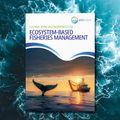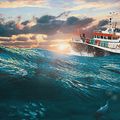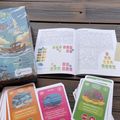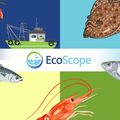Focus on EcoScope Models: The Western Baltic Sea ecosystem model
Authors: Marco Scotti and Marcela C. Nascimento, GEOMAR
Within the framework of the EU-funded EcoScope project, GEOMAR developed the first Ecopath with Ecosim (EwE) ecosystem model of the Western Baltic Sea (WBS), a transition area with distinctive oceanographic and ecological features compared to neighbouring basins. The model matches ICES subdivisions 22 and 24, a choice that facilitated data retrieval and might help knowledge transfer for management purposes. The steady-state network of carbon exchanges in 1994 was built using Ecopath and constitutes the starting point to simulate stock biomass and catch dynamics with Ecosim.
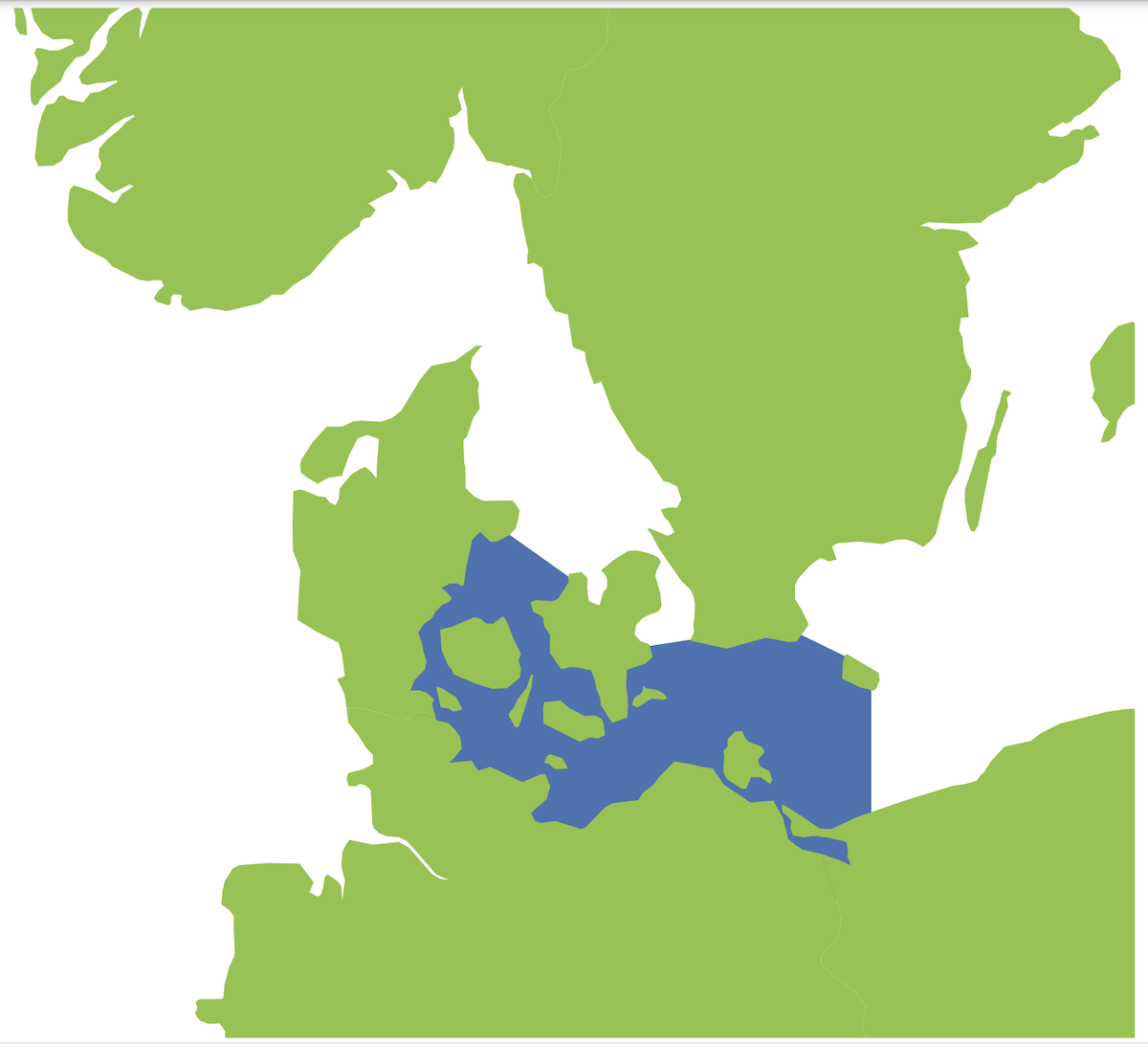
Map of the Western Baltic Sea Ecosystem Model
After validating the EwE model for the period 1994- 2019, using independent data obtained from ICES reports, Ecosim was applied to simulate future trends of stock biomass and catch up to 2100. The main forcing factor used was fishing mortality, which accounted for alternative scenarios ranging from the continuation of present fishing pressure (business as usual, BAU) to ecosystem-based fisheries management (EBFM). EBFM implements principles of fish biology (i.e. do not exploit any stock beyond the maximum sustainable yield) and ecology (i.e. less pressure should be exerted over low trophic-level species as they provide carbon to other consumers in the food web).
GEOMAR participation in EcoScope resulted in the extension of the model to include multiple stress factors, with the impacts of ocean warming and changes in the concentration of phytoplankton that were simulated concurrently with alternative fisheries management scenarios. Altogether, EwE simulations showed that EBFM outperforms the BAU scenario by reconstituting a healthy size for the heavily depleted stocks of western Baltic cod and western Baltic spring-spawning (WBSS) herring, the most important commercial targets in the area.
Moreover, the use of EwE illustrated that EBFM results in higher yields than BAU and contributes to protecting the population of harbour porpoises from a steep decline that might threaten its persistence. The merits of EBFM over BAU are preserved also in the presence of other stress factors such as the impact of ocean warming on fish recruitment (negative for the western Baltic cod and the WBSS herring) and changes in phytoplankton biomass, which depend on the interplay between nutrients’ concentrations and ocean warming.
The present EwE model has the role of filling in a gap in the Baltic Sea region since the area corresponding to ICES subdivisions 22 and 24 was never described before by any ecosystem model. It portrays ecosystem-level dynamics and quantifies the impacts of fisheries in an area characterised by heavy exploitation of fish resources. The model provides the first interrelated assessment of different trophic guilds, as required by the EU Marine Strategy Framework Directive (MSFD), and shows how EBFM enables sustainable management of fish stocks without harming the diversity of other species in the ecosystem, as requested by the EU’s Common Fisheries Policy (CFP).
The value of the model transcends the boundaries of the study area as it illustrates that developing management strategies inspired by fish biology and ecological principles responds to the need to preserve the productivity of fish stocks of commercial interests without threatening the healthy state of other trophic guilds. The EBFM scenario proposed for the WBS model might then be tested using the EwE models of other EU basins as it allows implementation of the requests of EU legislation to preserve a long-term, sustainable use of fish resources.
Focus on regional EcoScope models
Within EcoScope, eight case-study areas are identified: The Bay of Biscay, The Aegean Sea, The North Sea, The Israeli EEZ, The Black Sea, The Balearic Islands, The Western Baltic Sea, and The Adriatic Sea.
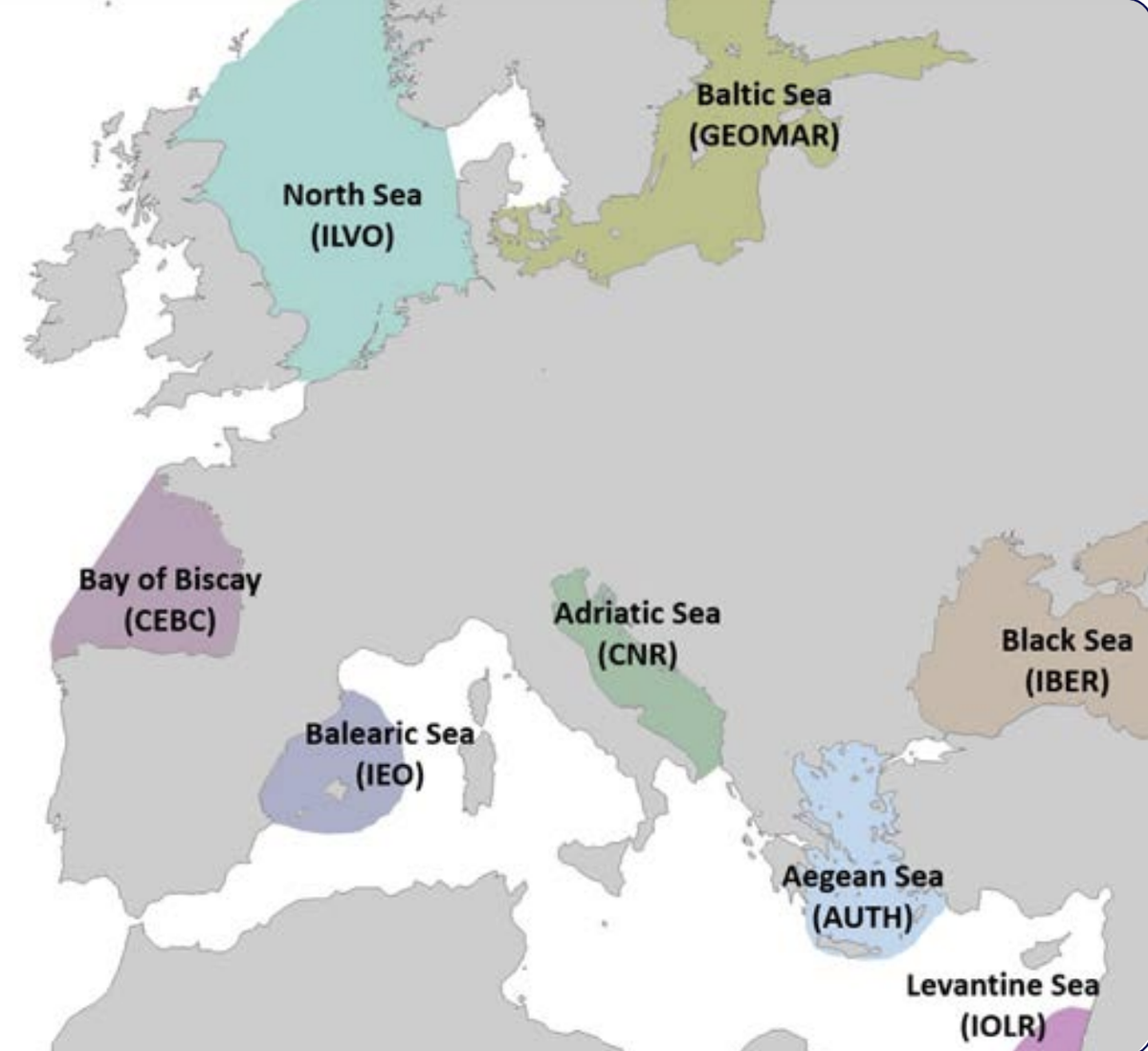
Map of the European and Levantine Seas highlighting 8 case studies regions investigated

